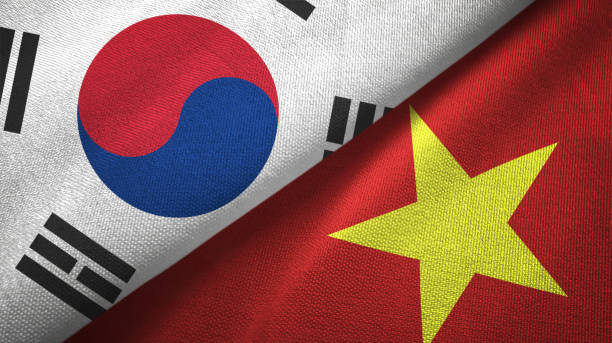South Korea and Vietnam have agreed to boost their annual bilateral trade to $150 billion by 2030, nearly doubling current figures, as both countries look to soften the blow from recent US tariffs.
South Korean President Lee Jae Myung announced the target during a joint press event with Vietnamese Communist Party chief To Lam in Seoul on Monday. “We agreed to further accelerate the mutually beneficial economic cooperation that has served as a solid foundation for the development of our bilateral relations,” Lee said.
Vietnam’s Strategic Role for South Korea
Lam’s visit marks the first by a foreign leader to South Korea since Lee took office in early June — a gesture Lee called a sign of Vietnam’s strategic value. “Vietnam is a very important neighbouring country for South Korea in terms of both trade and security,” he said.
South Korea is Vietnam’s largest investor and its third-biggest trading partner. As of May 2025, South Korea had 10,203 registered investment projects in Vietnam worth $94 billion. Bilateral trade reached $81.5 billion last year, a 7.3% rise from the year before.
The leaders discussed cooperation in a range of sectors, from critical minerals and national defence to infrastructure projects. According to Lee’s office, South Korean companies are expected to take part in large-scale developments in Vietnam, including new city construction, high-speed railways, and nuclear power plants.
Military ties between the two countries have also been growing. Lam expressed hope that closer relations would help strengthen regional security.
Tariff Pressure from the US
The push for deeper cooperation comes after the US imposed new tariffs on both countries’ exports. Under a recent trade deal, Vietnamese exports to the US will face a 20% tariff, while South Korean goods will be subject to a 15% tariff.Vietnamese Deputy Foreign Minister Nguyen Minh Vu said the visit would “open up new areas of cooperation including semiconductor and artificial intelligence,” signalling opportunities in high-tech industries alongside traditional manufacturing and infrastructure.


